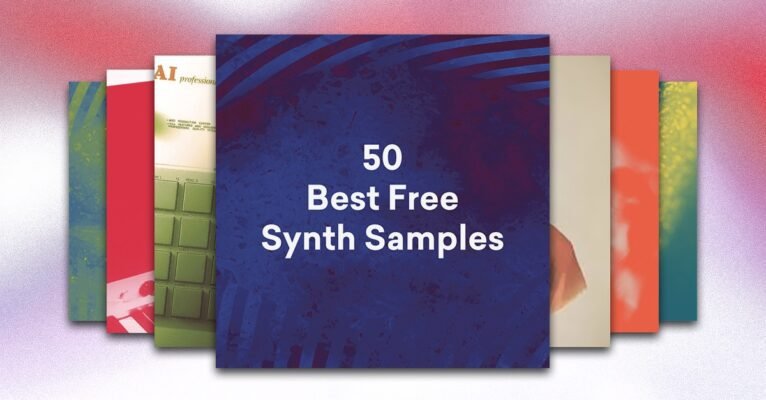How to produce EDM using sound samples?
How to produce EDM using sound samples?
There are many different approaches to producing EDM music, and the specific process will depend on the individual producer and the tools and resources they have available. That being said, there are some general steps that are commonly followed when producing EDM music:
-
Create a musical idea: This can involve sketching out a basic chord progression or beat, or it may involve simply jamming on a synthesizer or drum machine to come up with something that sounds interesting.
-
Develop the idea: Once you have a basic idea, you can start to build on it by adding additional elements such as melodies, chord progressions, and percussion.
-
Synthesize sounds: Depending on the type of EDM you’re making, you may need to create your own sounds using synthesizers or other electronic instrumentation.
-
Record and edit audio: Once you have all of your musical elements in place, you’ll need to record them and edit them to get them sounding the way you want. This can involve anything from basic trimming and fading to more complex audio processing such as equalization and compression.
-
Mix and master the track: The final step in the EDM production process is mixing and mastering the track. This involves balancing the levels of all of the different elements in the track, as well as applying effects such as reverb and delay to give the track its final sound.
How to produce EDM using sound samples?
Using sound samples and sample packs is a common technique in EDM production, and it can be a great way to add variety and interest to your tracks. Here are some general steps you can follow to produce EDM using sound samples and sample packs:
-
Choose your samples: First, you’ll need to decide which samples you want to use in your track. This can involve browsing through sample packs and selecting individual sounds that you like, or it could involve recording your own samples using a microphone or other recording device.
-
Import the samples into your DAW: Once you have your samples, you’ll need to import them into your digital audio workstation (DAW). This will typically involve dragging and dropping the samples into the DAW’s project window.
-
Edit and arrange the samples: Next, you’ll need to edit and arrange the samples to fit your track. This can involve trimming and fading the samples, as well as applying effects such as EQ and compression to shape their sound. You’ll also need to arrange the samples in the correct order to create a cohesive track.
-
Synthesize additional sounds: Depending on the samples you have available, you may need to synthesize additional sounds to fill out your track. This can involve using synthesizers or other electronic instrumentation to create the sounds you need.
-
Mix and master the track: Once you have all of your sounds in place, you can begin the process of mixing and mastering the track. This will involve balancing the levels of all of the different elements in the track, as well as applying effects such as reverb and delay to give the track its final sound.
I hope this helps! If you have any specific questions about using samples and sample packs in your EDM production, feel free to ask.
Read More

Plug, Play, and Pioneer: DJ & Producer Tools You Need to Crush 2025
2025 is shaping up as the year of smart, intuitive DJ and producer tools—whether you crave rock-solid stability or boundary-pushing features, there’s a setup waiting for you.

Free Sample Packs Every Music Producer Should Try in 2025
The right royalty-free sample pack can seriously transform your production game. In 2025, the options are mind-blowingly good, so don’t miss out—refresh your toolset, stay legal, and let inspiration strike. Check the full list for must-have (and thoroughly vetted) free packs.

Setting the Stage: How LED Dance Floors Take Your Event from Ordinary to Extraordinary
LED dance floor rentals take events from bland to legendary. Know your options, costs, and must-ask questions to ensure the lighting truly shines on your big night.
How to produce EDM using sound samples?
Other Affiliate Services we provide
Audio Visual, Special Effects, Event Lighting, Event Musicians, DJ, MC, Photo Booth, 360 Video Booth, Photo Booth Rental, Halo Photo Booth, Photo Booth Rental Near Me, Karaoke Services, Arcade machine rental, tiktok Video Booth, Face Painting, Temporary Custom Tattoos, Wireless Headphones Party, LED Screen Rental, Sweet 16 DJ LA, Quinceanera DJ, LED Dance Floor, Bar Mitzvah DJ, Bat Mitzvah DJ, Event Decoration, Photographer, Videographer. הסעת עובדים, מיגון אש. Event Productions
Affiliate AV Providers

